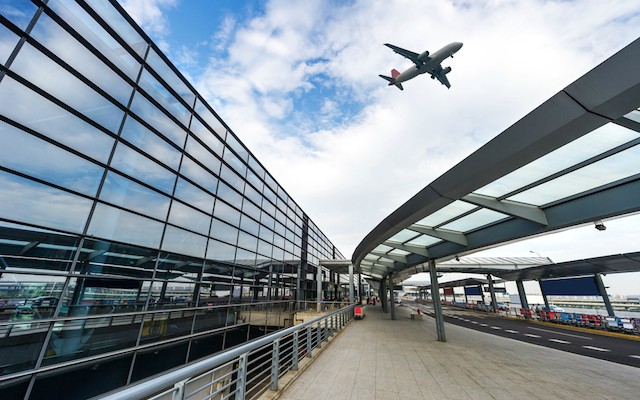The 2018 Global Travel Forecast released by by Carlson Wagonlit Travel and GBTA Foundation projects a 3.7 and 3.5 per cent increase in global airfares and hotel prices respectively, although ground transportation costs are expected to rise only 0.6 per cent, significantly less than the three per cent inflation rate forecasted.
“The higher pricing is a reflection of the stronger economy and growing demand,” said Kurt Ekert, president and CEO, Carlson Wagonlit Travel. “The global numbers from this forecast should be considered strong leading indicators of what 2018 will mean for global businesses, as we anticipate higher spending.”

Across Asia-Pacific, hotel prices are expected to be up 3.5 per cent – with a large discrepancy as Japanese prices are expected to fall 4.1 per cent while New Zealand is set to rise a full 9.8 per cent.
GBTA also cautioned that buyers should anticipate more challenging rate discussions with newly merged hotel groups, especially in high-volume markets such as Bangkok, Beijing, Shanghai and Singapore.
Hotel prices across EMEA are likely to also rise – 6.6 per cent in Eastern Europe, 6.3 per cent in Western Europe, but only 0.6 per cent in the Middle East and Africa. Within Latin America however, prices are expected to fall 1.2 per cent.
North America hoteliers may be banking on economic growth as demand has levelled off since mid-summer 2016, but supply is expected to continue growing steadily through 2018.
In air travel, Asia-Pacific could see a 2.8 per cent rise in airfares with domestic demand increasing, particularly in China and India.
Air travel is anticipated to continue growing across EMEA, with prices rising 7.1 per cent across Eastern Europe and 5.5 per cent in Western Europe. However, Middle East and African countries are projected to see only a three per cent increase as they face ongoing security threats and an oil industry that is still in recovery.
In North America, GBTA forecasts a modest 2.3 per cent rise in price. Canadian airlines are expected to aggressively compete given new market entrants. With the region’s air travel market nearly flat year-over-year in early 2017, competition is fierce between carriers who now compete on branded fares rather than bundled fares or by carrier type.
Meanwhile, minute increases are projected for ground transportation prices globally. In Asia-Pacific, continued uncertainty in mining and a cautious recovery in the oil and gas industry will result in flat rates for 2018.
As well, sharing economy suppliers Didi Chuxing in China, Ola in India and Grab in South-east Asia have all achieved economies of scale that make them key competitors to more traditional car rentals firms and taxis.




















